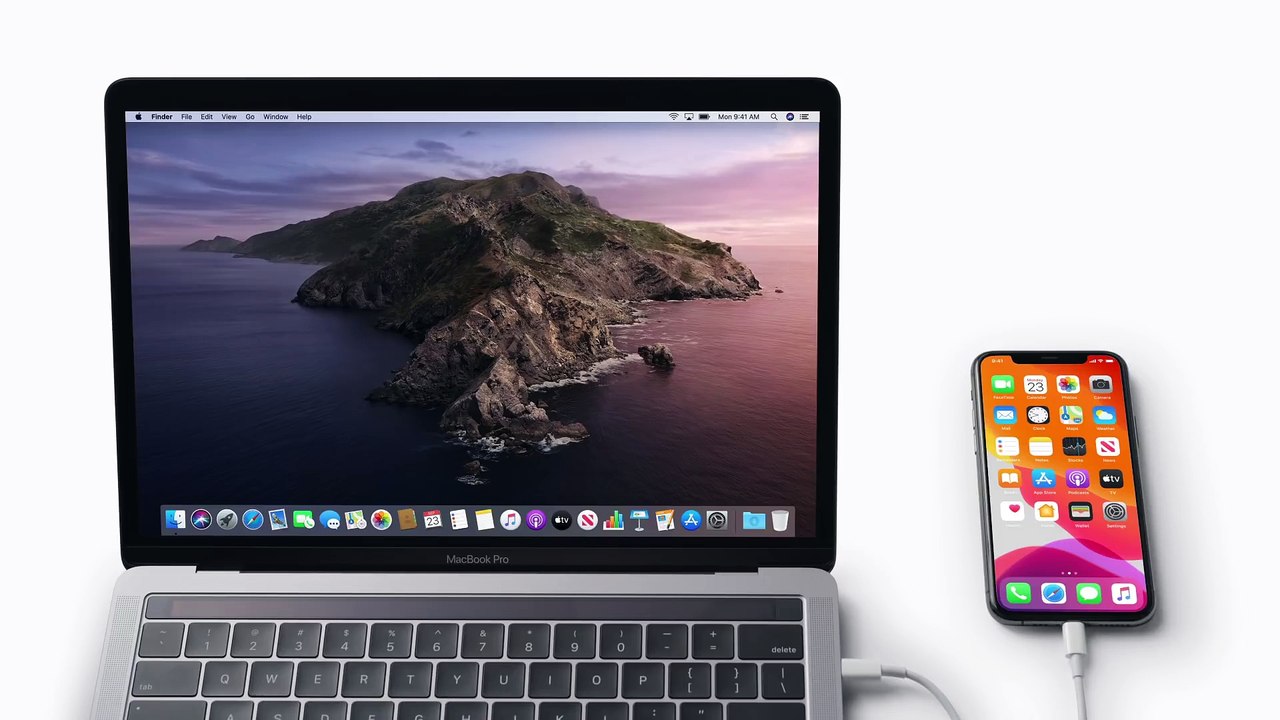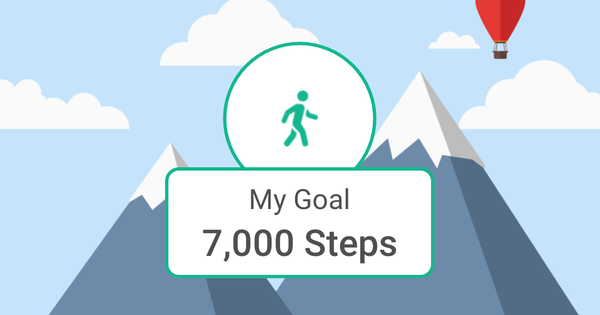How To Disconnect iPhone From Mac: 7 Ways to Handle Effectively
How To Disconnect iPhone From Mac. iOS and macOS are closely integrated and work in tandem. As a result, you can quickly switch from iPhone to Mac or vice versa to complete tasks such as note-taking, messaging, file management, and more. This seamless experience is fantastic in terms of both productivity and convenience.
But what if you’ve decided to reduce your deep integration for personal or privacy reasons? Not to worry, there are several methods for disconnecting the iPhone from Mac to ensure that your secrets do not spread from one device to another.
Aside from a one-click disconnect option, Apple offers several options for preventing your Mac from connecting to or synchronization with your iPhone. As a result, you have the freedom to select the option that best meets your needs. While the iPhone is our primary focus, most of these tips also apply to the iPad. So, here are 7 methods of How To Disconnect iPhone From Mac.
Unlink Your Mac from Apple ID ( How To Disconnect iPhone From Mac)

Remove your Mac from your Apple ID if you’re looking for a one-stop solution to detach your iPhone from your Mac. Both devices will remain in sync as long as they are matched up with the same Apple ID.
Unlink Your Mac from Apple ID
- Navigate to Settings -> your profile on your iPhone or iPad.
- Tap your Mac now. Tap Remove from Account and then confirm.
Take Your iPhone Off Apple ID
- Navigate to System Preferences -> Apple ID on your Mac.
- Now, in the sidebar, select your iPhone and click Remove from Account.
Disconnect Your Mac/iPhone Bluetooth is used.
How To Disconnect iPhone From Mac? Bluetooth is essential in making Continuity work smoothly between your devices, such as your iPhone and Mac. As a result, turning off Bluetooth allows you to immediately prevent your devices from becoming synced with one another and disconnect your iPhone from your Mac.
Disable Bluetooth on your iPhone/iPad.
- Navigate to the Settings app on your iPhone, then Bluetooth, and turn off the toggle.
- If your Mac does seem under My Devices, tap the information I button beside it and select Forget This Device.
Disable Bluetooth on Mac
- Turn off the Bluetooth toggle by clicking on the Bluetooth menu in the upper-right corner of the screen.
Note: Please keep in mind that disabling Bluetooth will prevent your AirPods, Bluetooth accessories, and Apple Watch from connecting as well as syncing with your iPhone.
Handoff should be disabled.
Handoff allows you to begin something on one Apple device as well as pick it up on other devices that are linked to the same iCloud account. If you no longer want to transfer data from your iPhone to your Mac or vice versa, disable it.
Turn Off iPhone Handoff
- Select General in the Settings app on your iPhone.
- Tap AirPlay & Handoff now. Then, deactivate the Handoff toggle.
Turn off Mac Handoff
- Select System Preferences from the Apple menu in the upper-right corner of the screen.
- Then, in the General preferences pane, click OK.
- Now, check the Allow Handoff between Mac and iCloud devices box to the left.
Detach your iPhone from the Finder.
When you use a USB cable to connect your iPhone to your Mac, it appears in the Finder. As a result, simply removing the USB cable will allow you to break away from your iOS device. Keep in mind that if you initially set your Mac to detect your device when connected to Wi-Fi, your iPhone may still appear in Finder.
- Go to Finder and select your iPhone from the sidebar.
- Uncheck the option to the left of Show This iPhone while on Wi-Fi in the Options section.
Disconnect your Mac from the Personal Hotspot on your iPhone.

If you’ve ever used your iPhone’s personal hotspot on Mac, your Mac will either automatically connect to your iPhone’s personal hotspot or prompt you to join in whenever it detects it. But don’t worry, you can disable “Ask to join in” to prevent your Mac from using your iPhone’s personal hotspot.
Stop Your Mac from Joining Your iPhone’s Personal Hotspot Automatically
- Select Network Preferences from the Wi-Fi menu in the upper-right corner of the screen.
- Uncheck the box next to Ask to join Personal Hotspots.
- Alternatively, go to System Preferences -> Network -> Wi-Fi and uncheck Ask to join Personal Hotspots.
Turn off the Personal Hotspot on your iPhone.
- Navigate to your iPhone’s Settings app.
- Then, select Personal Hotspot and deactivate the toggle next to Allow Others to Join.
Disable Text Message Forwarding
The next one on the list of ways How To Disconnect iPhone From Mac is to disable text message forwarding. Text Message Forwarding enables you to automatically have sent SMS/MMS texts did receive on an iPhone to other devices connected to the same iCloud account, such as an iPad, iPod touch, or Mac. Disable Text Message Forwarding if you don’t want your messages to go to your Mac.
Disable iPhone Text Message Forwarding
- Select Messages from the Settings app on your iPhone.
- Scroll down and select Text Message Forwarding.
- Then, select which devices can receive and send text messages from your iPhone.
- To end receiving messages from your Apple ID entirely, go to Send & Receive and afterward deselect your Apple ID.
Prevent Your Mac from Receiving Apple ID Messages
- On your Mac, open the Messages app.
- Then, in the upper-left corner of the screen, select Preferences from the Messages menu.
- Now, make sure the iMessage tab is selected, and then click Sign Out.
Turn off iCloud Drive in the Files app as well as the Finder.
Although the Apple Files app continues to support several cloud storage services, including Google Drive as well as Dropbox, the default option is iCloud Drive.
If you want to totally disconnect your iOS device from your Mac, store files locally on your device or use other cloud storage services. macOS, like iOS, allows you to disable iCloud in the Finder and store files elsewhere. This is one of the best way How To Disconnect iPhone From Mac.
Turn off iCloud Drive in the Files App.
- On your iPhone or iPad, launch the Apple Files app and select the Browse tab at the bottom of the screen.
- Now, in the top-right corner, tap the triple-dot icon and select Edit.
- After that, turn off the iCloud Drive toggle, and then confirm by tapping Done.
Disable iCloud Drive in the Finder on your Mac.
- On Mac: Open Finder, then select Preferences from the Finder menu in the upper left corner of the screen.
- Then, to the left of iCloud Drive, uncheck the box.
The bottom line
So that’s how How To Disconnect iPhone From Mac. While I enjoy using the integrated ecosystem features which my MacBook and iPhone provide, if you’re not interested in such features and prefer to use your devices separately, you can do so fairly easily, as we’ve explained in this guide. So, do you like Apple’s Continuity and Handoff features, or are you disconnecting your Mac and iPhone? Tell us in the comments.



As a Newbie, I am permanently searching online for articles that can help me. Thank you
Hi there, just changed into alert to your weblog thru Google, and located that it is really informative. I’m gonna watch out for brussels. I’ll appreciate should you proceed this in future. A lot of folks will be benefited from your writing. Cheers!
I’ve recently started a blog, the information you provide on this site has helped me greatly. Thank you for all of your time & work.
I like this post, enjoyed this one thanks for posting.
Hi my friend! I wish to say that this post is awesome, nice written and come with almost all vital infos. I’d like to look extra posts like this .